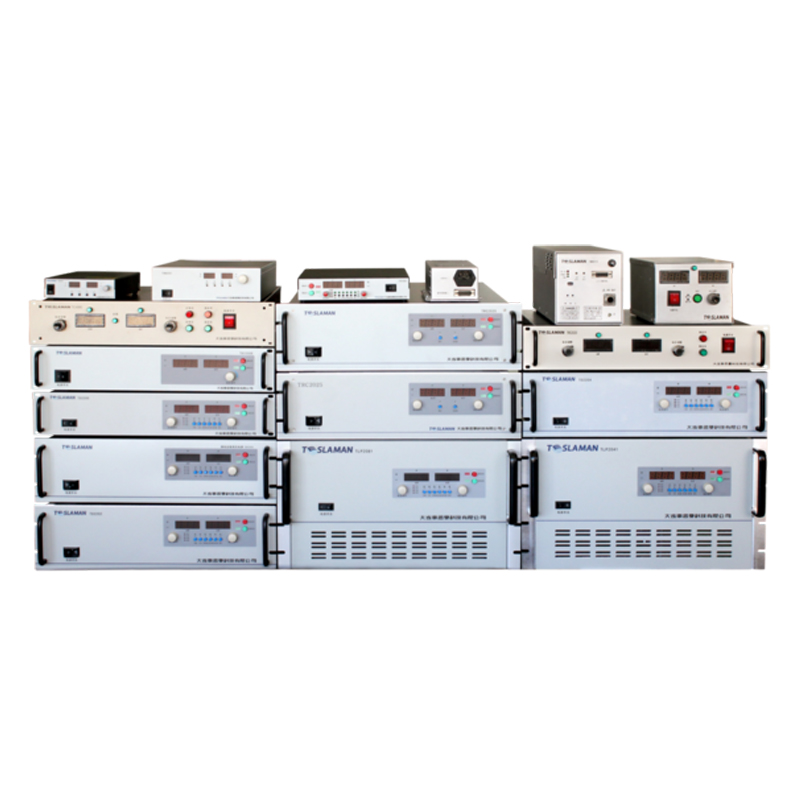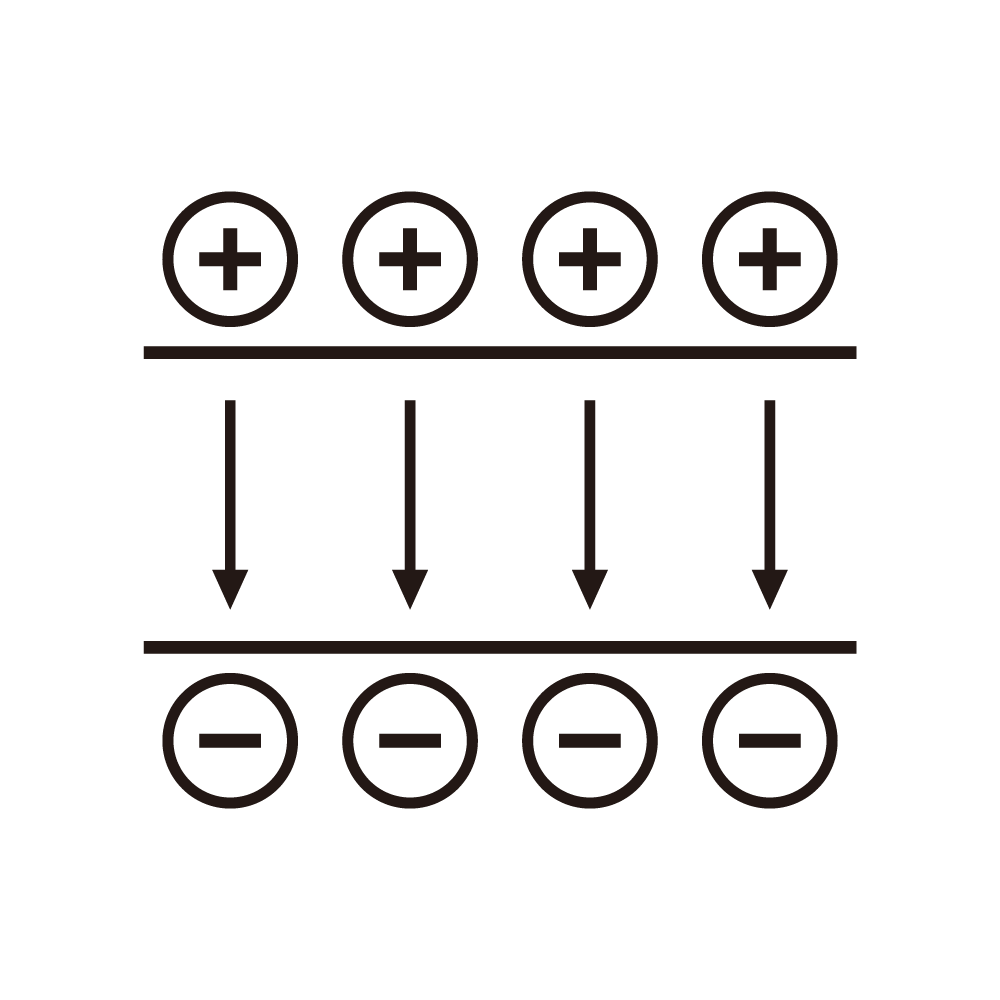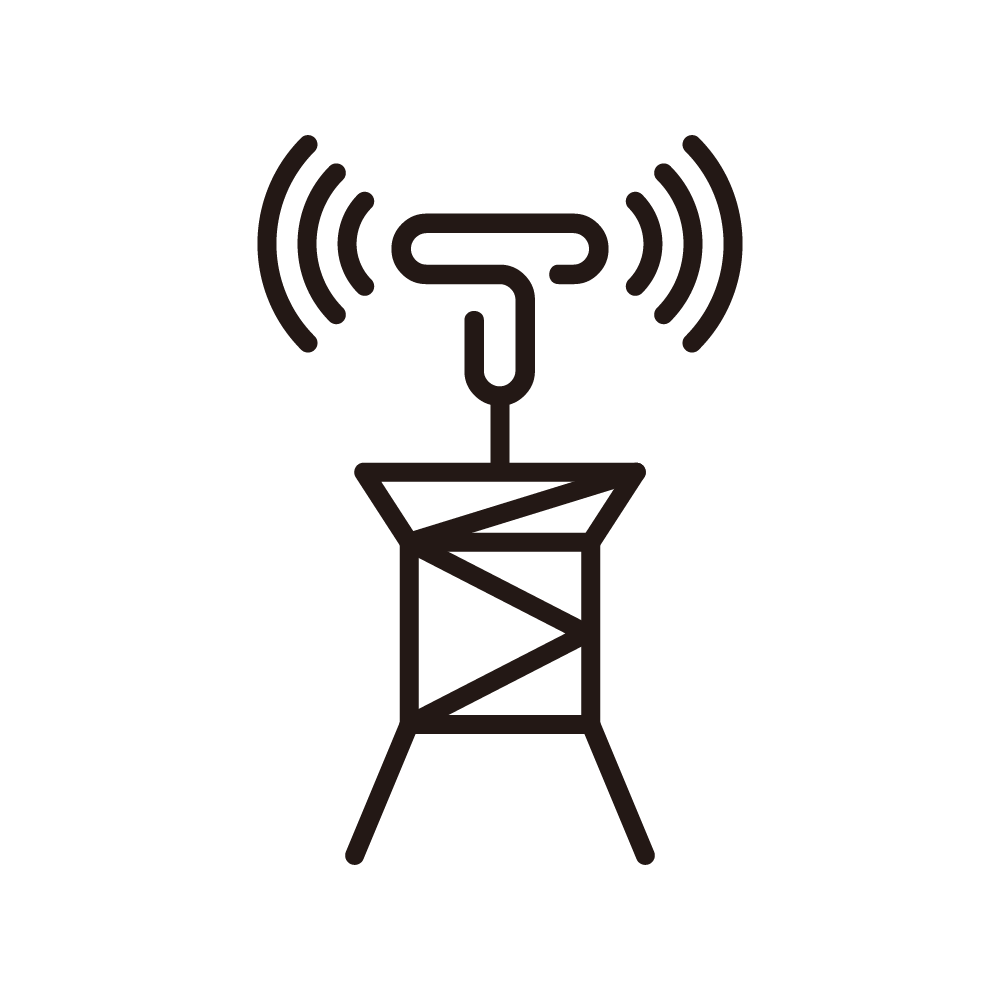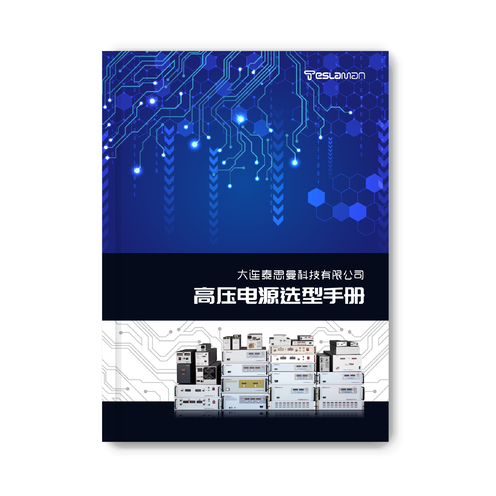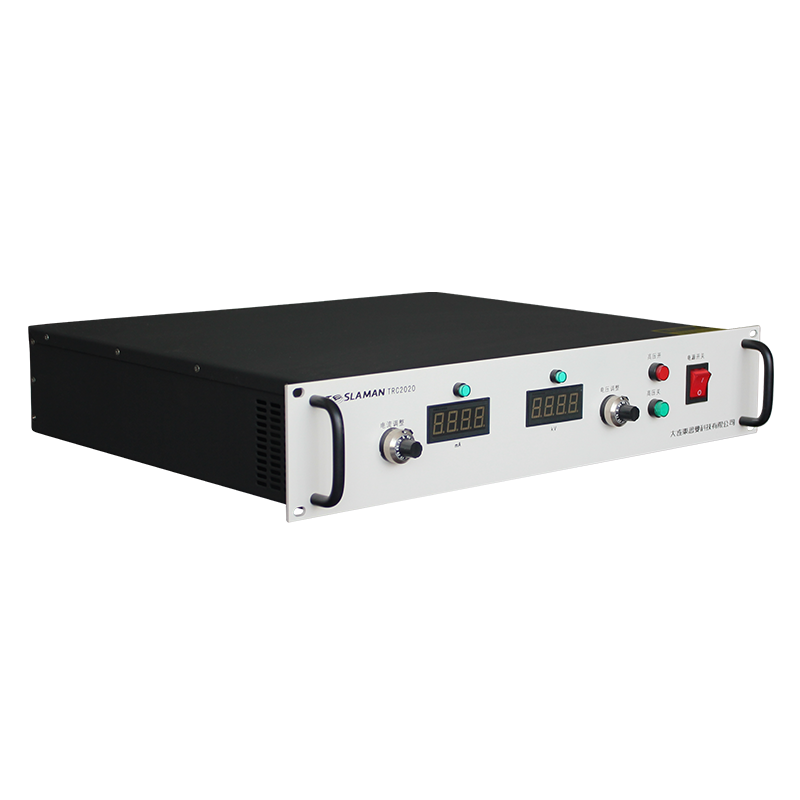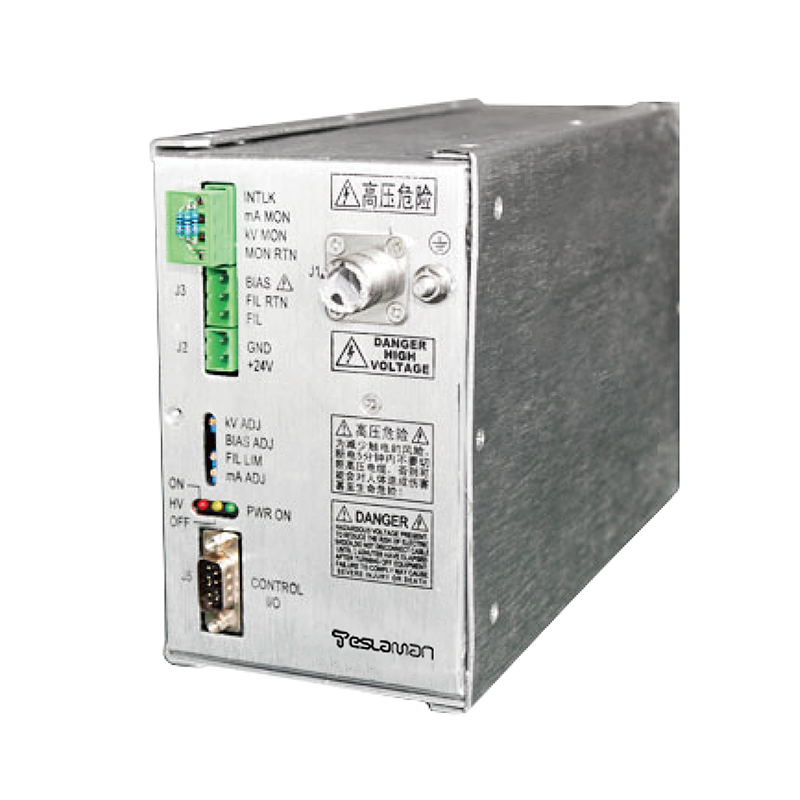Overload Recovery Ability of High Voltage Power Supply for Channel Electron Multiplier
Channel electron multipliers play a crucial role in numerous cutting edge scientific research and high end industrial detection fields. From particle detection in high energy physics experiments to the capture of weak light signals in aerospace remote sensing, their ability to amplify weak signals is of great significance. As the core driving force of the channel electron multiplier, the performance of the high voltage power supply directly affects the working efficiency of the multiplier, among which the overload recovery ability is particularly critical.
The channel electron multiplier works based on the principle of secondary electron emission. When weak initial signals, such as charged particles or photons, enter the channel and hit the channel wall, secondary electrons are generated. These electrons are accelerated by the high voltage electric field and continue to hit the channel wall, triggering an electron avalanche effect and achieving step by step signal amplification. In this process, the high voltage power supply needs to provide a stable and accurate high voltage electric field to ensure the effective acceleration and multiplication of electrons.
However, in practical application scenarios, the channel electron multiplier may encounter overload situations. For example, in particle beam experiments, sudden high intensity particle beam pulses, or in complex electromagnetic environments, the influx of external interference signals may cause the multiplier to suddenly bear input signals far exceeding the normal level. At this time, a large number of secondary electrons are generated, causing the current in the channel to increase sharply, and the high voltage power supply faces an overload challenge.
If the overload recovery ability of the high voltage power supply is insufficient, overload may cause a series of problems. On the one hand, excessive current may cause the internal components of the channel electron multiplier to heat up or even be damaged, shortening its service life. On the other hand, the power supply may enter a continuous protection state and cannot quickly restore normal output, resulting in a long term interruption of the entire detection system, seriously affecting the experimental process or the continuity of industrial production.
A strong overload recovery ability is crucial for the high voltage power supply. A high voltage power supply with fast overload recovery ability can quickly activate the protection mechanism when detecting overload, limit the output current, and prevent damage to the multiplier and its own components. Once the overload situation is resolved, the power supply can adjust the output voltage back to the normal working level in a very short time, enabling the channel electron multiplier to resume normal signal amplification functions.
To improve the overload recovery ability of the high voltage power supply, efforts can be made in many aspects. In hardware design, the use of high performance over current detection components and fast response switching devices can detect overloads more accurately and quickly, and cut off or adjust the current output in a timely manner. At the same time, optimize the control circuit and software algorithm of the power supply to enable it to intelligently judge the type and degree of overload, thus achieving a more efficient recovery strategy. For example, different recovery times and methods are adopted for short term overloads and continuous overloads to ensure the safety of the equipment while minimizing the impact on the operation of the system.
In conclusion, the overload recovery ability of the high voltage power supply for the channel electron multiplier is a key factor to ensure its stable and reliable operation in complex and changeable application environments. With the continuous improvement of equipment performance requirements in related fields, further enhancing the overload recovery ability of the high voltage power supply will provide strong support for the wide application and performance improvement of the channel electron multiplier.
